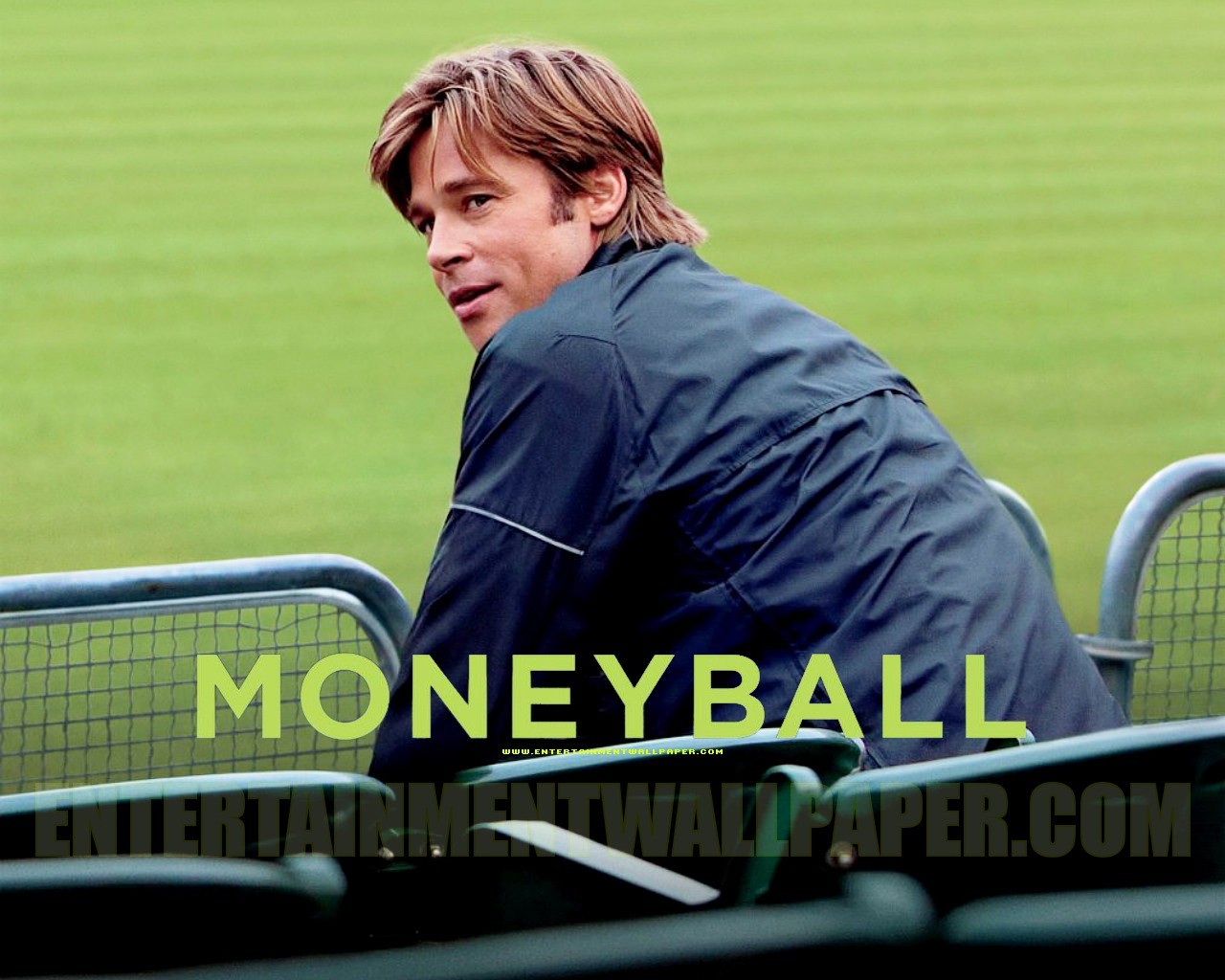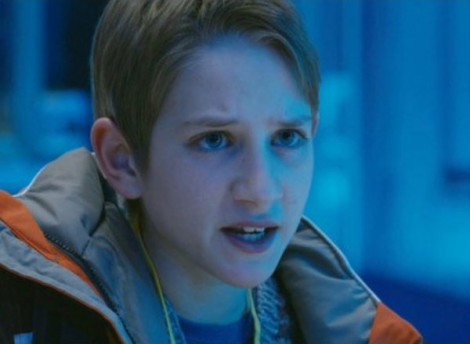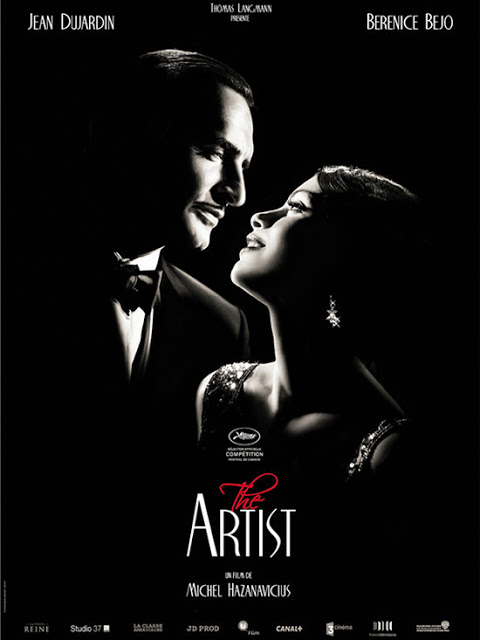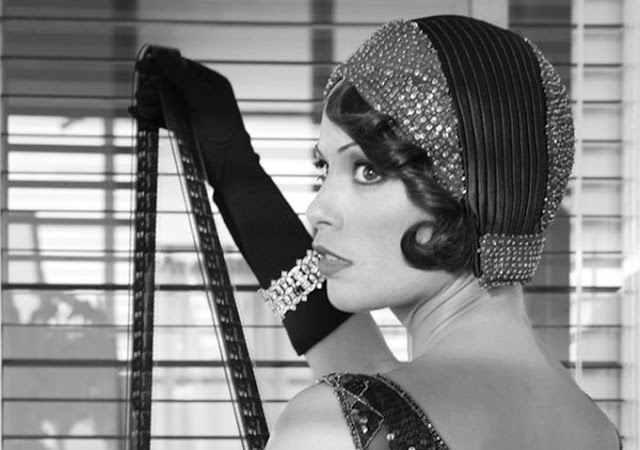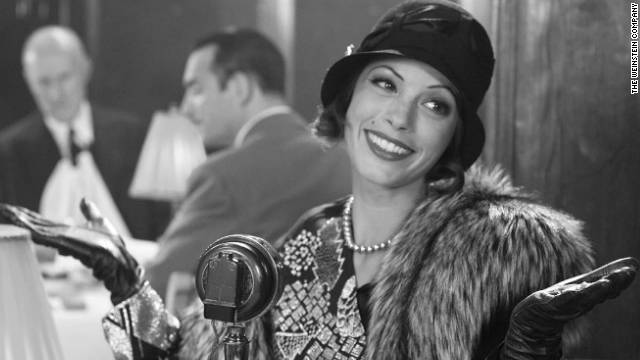The adage of “Behind every good man is a great woman” is worn out, particularly in the realm of boxing movies. You can reduce the entirety of Rocky to the battered Stallone’s anguished cry of “Adrian!” as he wraps up a brutal fight. We’re meant to believe that what kept him alive was passion, love, a desire to see life through to the closing bell. It’s a hackneyed way of suggesting that though Rocky pounds with his fists, he really leads with his heart. This is the kind of boxing movie that writes itself, and one that doesn’t really need to be seen more than once. Luckily for everyone, David O. Russell’s The Fighter is not that kind of movie. Instead of being a movie about masculine physicality and power, we get a subversive movie about the women that wage real battles outside the ring, the kind of battles aren’t cleanly won.
 |
| The sisters of The Fighter |
The same idea is suggested in David O. Russell’s The Fighter, which tells the true story of boxer Mickey Ward’s comeback from next-to-nothing welterweight to one of the most admired fighters in the ring. Micky, as portrayed by that yummy hunk of Irish soda bread Mark Wahlberg, is a softie who finds himself losing fight after fight under the coaching of his half brother Dicky Eklund, a former boxer and current crack-addict (played by a wiry, skittish Christian Bale) and his domineering dye-job of a mother, Alice (the always wonderful Melissa Leo). Behind Dicky and Alice looms Micky’s seven sisters (the most foul-mouthed Greek chorus you could ever come upon), and beyond them the town of Lowell, a neighborhood that treats Dicky like the prizefighter he believes he once was. What defines Micky as a fighter is not so much his hesitation to throw a punch as his willingness to suffer them. In a fight shown early in the film, Micky is beaten so hard his cheek is punched clear through—a beating he takes because his brother and mother placed him against a much larger opponent, and one he takes because unless he fights, no one gets paid. Micky is punished as a boxer and as a son because he is obligated to his family—to his mother, a manager without any managerial tendencies; his brother, bossy in the ring but willing to jump through windows to escape being caught on the crack pipe. (Both sons seem more terrified of disappointing their mother than they do of getting arrested or beaten down.)
 |
| Alice the Mom (played by Melissa Leo) in The Fighter |
And they’re right to fear her: with her steely nerve, Alice is as brazen a coach, Mama Rose in the boxing ring, Joey LaMotta in a push-up bra. When Micky goes absent from her immediate purvey, she shows up on his porch with the sisters in tow, posing questions that put him right back in the place of the apologetic son. “What’re you doing, Mickster?” she asks, her eyes all hard with disdain and disappointment. “Who’s gonna look after you?” Alice knows that mother love—and filial obligation—is one of the most powerful weapons she has. “I have done everything, everything I could for you,” she mutters. Her life is bound up in her children, and her coaching mantra is entirely one of maternity. When she catches Dicky sneaking out of a crackhouse, she shakes her head, on the verge of tears, and he has to sing to her like a little boy to pull her back to sanity.
 |
| Micky (Mark Wahlberg) and Charlene (Amy Adams) |
It’s not easy being the son of such a demanding mother, and while Dicky gets to joke his way back into favor, all Micky can do is fight—fight and lose, but fight nonetheless. So it makes sense, given his messed-up family history, that Micky first starts to move out of the nest after falling for Charlene, a local bartender and the first person to call “bullshit” on his family-as-manager situation. (As portrayed by an utterly unglamorous Amy Adams, Charlene is one of the few college-educated characters in the film—due to an athletic scholarship for high-jump.) Charlene’s power in this movie is not as a love interest, but as someone who doesn’t treat Micky like a son or like a brother. She tells him he has to seize control of his career, toss Alice and Dicky off his team, and get serious with a real coach. We think she’s imagining him as a full-grown, self-sufficient man, but she also can’t help but place herself as an equal contender for the managerial job. She gives him a reason to go looking for new management, but she also seats herself decisively by the side of the ring. This is not a woman content to show up after the fight is finished—she is very much an active participant. “You got your confidence and your focus from O’Keefe, and from Sal, and from your father, and from me,” she declares, and there’s not an ounce of hesitation in what she says. It’s thrilling to watch the formerly meek mouse known as Amy Adams get to play someone so fierce.
 |
| Dicky (Christian Bale), Alice, and Micky in the ring |
It’s when the instincts of the protective mother and the defensive girlfriend go up against each other that all hell breaks loose. Alice decides to storm over to Micky’s house with her daughters in tow, ringing the bell and banging on the door just as Micky and Charlene are doing the nasty. The bell rings and rings, and Charlene, furious at being interrupted, throws on a t-shirt and storms downstairs. Alice pleads with Micky to leave and come back home, but Charlene accuses Alice of allowing her son to get hurt, instead of stepping in and protecting him. In the midst of a boxing movie, what we get is a treatise on how women are the only ones that really know how to fight. Alice calls Charlene a skank, an “MTV Girl” (because clearly all MTV girls are hefting pitches of lager and fending off crude bar patrons), and Charlene lands a solid punch on one of the Eklund sisters. Her fists crunch into the girl’s face, red hair flying wild and legs kicking, and we know that none of these women can be fucked with.
Dicky is manic, and Micky is panicked, but it’s the women who are the real pillars of strength. Thus Micky and Dicky are forced to mediate through their female counterparts—Alice, who can’t stand to let her son give up, or Charlene, who forces Dicky into conceding some deeply held delusions. The dual strength of these women are what define the movie, what separates The Fighter from its fellow inspirational tales of athletic triumph, and what catapults it into a movie about athletic effort, and the force of will. And in the movie’s final joyous fight, we still get a triumphant romantic kiss…and it feels anything but hackneyed.
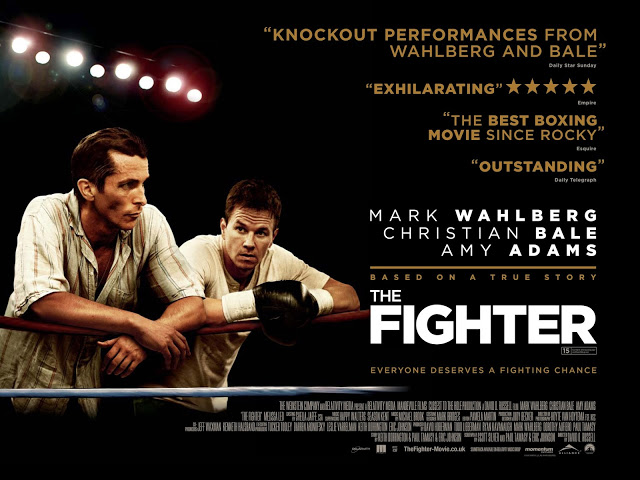

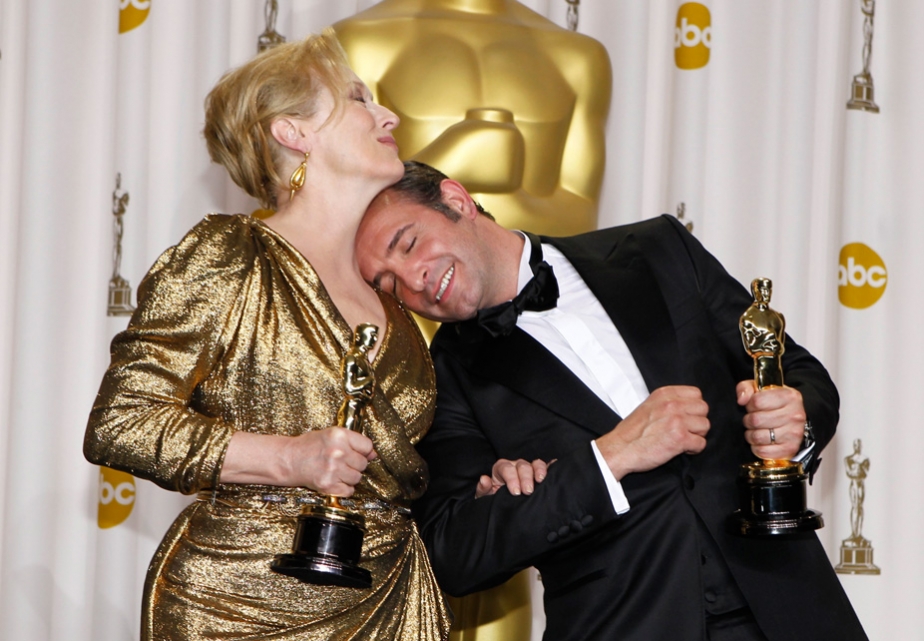




.png)
.png)


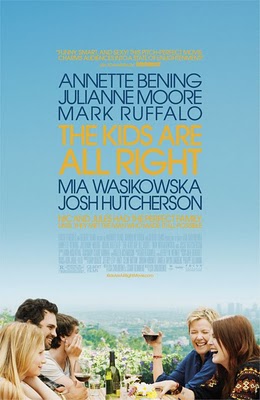

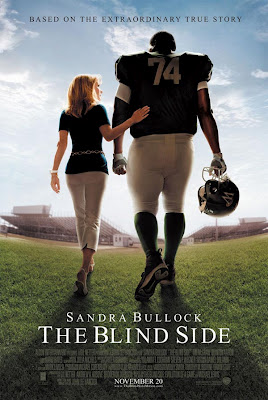

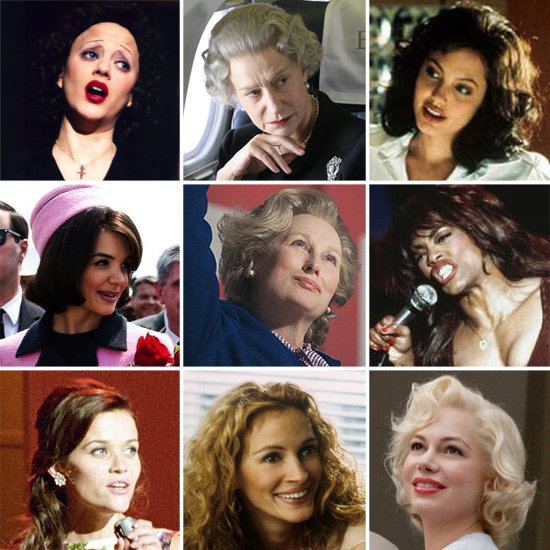

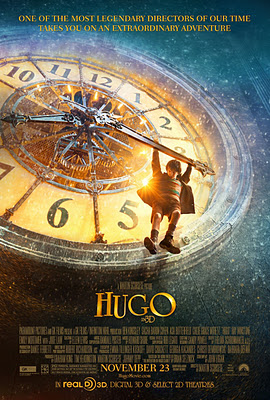

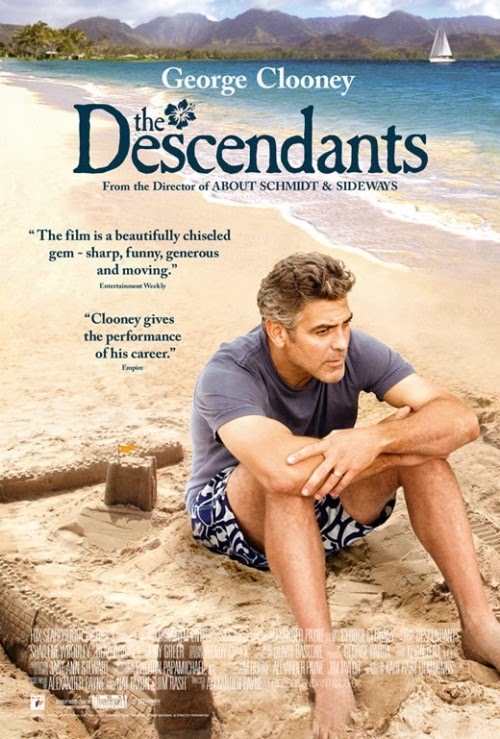

 and
and  . She’s published work in American Poetry Review, Ploughshares and The Best American Poetry series. She was awarded an NEA Fellowship in 2001 and a Breadloaf Fellowship in 2009. She has taught at UC Irvine and the University of Redlands and is a regional branch manager for OC Public Libraries in southern California.
. She’s published work in American Poetry Review, Ploughshares and The Best American Poetry series. She was awarded an NEA Fellowship in 2001 and a Breadloaf Fellowship in 2009. She has taught at UC Irvine and the University of Redlands and is a regional branch manager for OC Public Libraries in southern California.